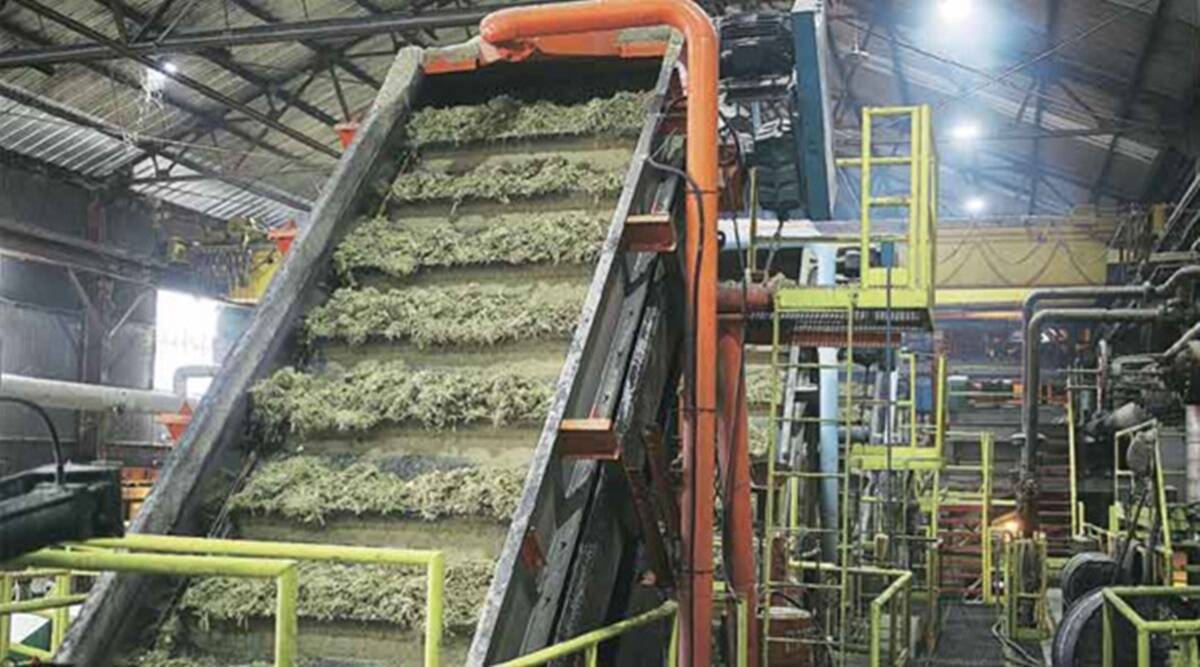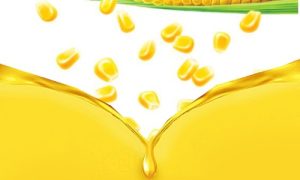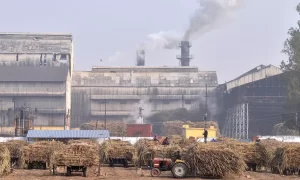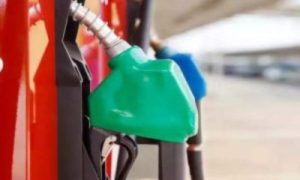Sugar stocks zoom on expectations of fall in output pushing up prices

Sugar company stocks gained 6-8 per cent on expectations of sharp spike in prices on the back of prevailing drought-like situation in the key sugarcane growing regions.
Shree Renuka Sugars was up five per cent at ₹53, EID Parry and Dwarikesh Sugar increased eight per cent and six per cent to ₹522 and ₹99, respectively, while Dalmia Bharat Sugar climbed six per cent to ₹428 and Balrampur Chini jumped two per cent to ₹412.
Domestic sugar prices have already increased to six-year high of ₹37,760 a tonne, a level last seen in October 2017. However, prices are nearly 38 per cent lower than the global white sugar benchmark. The government has already banned sugar exports on expectations of a drop in domestic production. This has already pushed up prices in the global markets to a decadal high.
Low output fears
The Indian Sugar Mills Association, earlier this month, estimated sugar production to decline three per cent to 316.80 lakh tonnes (lt) during the new sugar season starting October against 328 lt in the current season ending this month.
The industry body attributed the fall in output to the increased diversion of sugar towards ethanol production, besides dry weather. ISMA also indicated that around 45 lt of sugar are expected to be diverted towards ethanol production next season against an estimated 41 lt in the 2022-23 season.
Amit Gupta, Research Analyst, Kedia Commodities, said sugar crops in some of the major growing regions in Maharashtra and Karnataka are in desperate need of rain as drier conditions threaten the production outlook. This may put more pressure on containing food inflation.
The prolonged dry spell in Maharashtra and Karnataka is expected to pull down sugar production to 105 lt against 90 lakh tonnes.
Ethanol demand
The government push on ethanol blending will boost sugar companies’ margins. The ethanol demand is expected to grow at a compounded annual growth rate of 19 per cent to $16.5 billion by 2030 from $2.5 billion in 2019.
By 2030, ethanol demand is expected to rise to 15.7 billion litres, of which 11.7 billion litres will be required for blending at 20 per cent and the remaining 4 billion litres for non-fuel purposes, said an analyst.

















